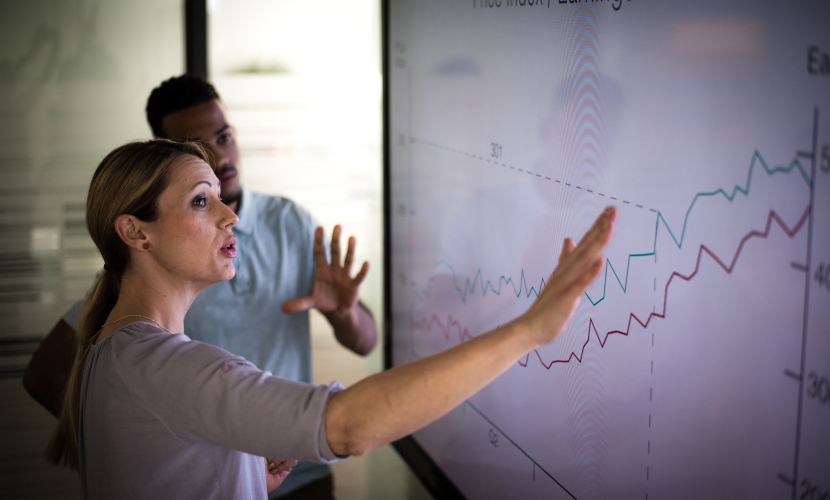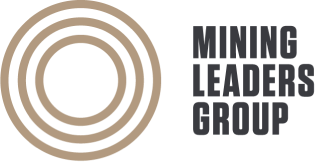
Diversity – a divide that matters
We hear a lot about diversity. So much so that some say it is old news. Others say that gender diversity is negatively affecting men and their opportunities.
The fact is that we as humans don’t generally do diversity well. We are instinctively more comfortable with people like ourselves whether by gender, age, race, discipline, psychology or beliefs.
It takes stopping and deliberately thinking for us to realise the benefits of diversity.
Most women tend to have been socialised to think differently from most men. We have been expected to be the primary carers, which generally makes us more experienced at communication and collaborating and getting agreement among people of strong, divergent views.
Men tend to have been allowed to lead in a largely command and control way or to go passive and defer to stronger, alpha males. This approach is ill suited to the world of rapid change which confronts us today.
Younger people tend to be bold and go for it because they haven’t been burnt by failure. My 7-year-old granddaughter recently came home from school having learnt a really bad word that day starting with F. Her word was failure. It was a whole new concept for her.
Older people have generally learnt by making mistakes or by observing the mistakes of others. Or we have just become risk adverse and fallen into a habit that suggests where we are at in the world is good enough for the future.
We are all different.
City people often get used to globalisation and change. Rural and remote communities tend to be accustomed to things staying the same.
If you are a pessimist you tend to see what’s wrong.
If you are an optimist you tend to see what may be possible.
Some people only think big picture.
Others are in the detail.
Some people like facts and are generally slow, careful thinkers. Yet they may be unskilled at engaging others on the emotional level.
Others like to go on emotional reactions and tend to think fast which may result in instinctive, poorly thought through outcomes.
Some people like reasoning and tend to be cautious and conservative.
Other people like to be creative and think outside the box.
In truth we all potentially have all of these capabilities. However, we get in habits and tend to replicate our approach to things and don’t continuously develop a wider, more agile skill set.
We tend to like people who see the world like we do because if they are OK then I must be OK too.
The more complex or even wicked a problem or issue is the more different points of view and disciplines are required to correctly approach the issue and see the full range of potential unintended consequences that may arise from our actions.
What is frightening is that we all subconsciously form an opinion about other people and issues within seconds, and once we have formed an opinion about someone or something it is much harder to shift our thinking. Our lazy unconscious self makes us judgemental and closed minded.
It is only by working in groups or teams where we respectfully listen to and include different points of view that we are able to see all the possible opportunities and risks in any given situation.
Leaders need to have the moral courage to leverage diversity and engage people to form teams where there is a clear shared vision enriched by a wide range of views.
Most of us don’t unconsciously want courageous leadership. We are happy to pass our time and get by doing as little as we can, focusing in the here and now.
However courageous leaders can inspire people to go above and beyond, to have empathy for others with a different outlook and, even with our enemies, enable us to see beyond our exciting world view.
In Australia 50% of us are naturally driven by understanding the consequences of our actions, 30% of us are driven by what we regard as our duty or our religious view, and 20% of us are driven by questions about choice.
In many of our organisations culture thwarts thinking and established views are seen to be the right way to go. Questions don’t get raised.
A courageous leader is able to communicate across all of these types of people.
To optimise our own lives and our professional contribution we all need to stop and think about how we subconsciously prefer people like ourselves, stop and appreciate the strength that diversity can bring and, as leaders, think about how we leverage diversity to optimise outcomes.
We need to recruit to consciously build diversity of all types in our organisations not just recruit for technical skills. We need to respectfully work on retaining diversity in our organisations. And we need to give attention to developing those who can offer diversity so they can have greater influence within our organisations and enable our organisations to be more open minded and therefore more agile and smart.
Otherwise we will have more of the same which is not what the future calls for.
Mining organisations often lack gender diversity. Only 16% of employees in the sector are women, the lowest of any sector in Australia. At senior levels there are generally few women so the old command and control culture often dominates. Mining also has older employees and is not attracting the best of younger talent. Hence the sector often had a culture that is risk adverse and conservative, not what is needed when mining is transforming itself to be a technology sector powered by AI, robots, drones and autonomous vehicles.
Mining is in a unique position to assist rural and remote communities, including indigenous communities, to thrive economically and socially and build hubs of expertise in the increasingly convergent space of mining, energy, agriculture, transport, environment and infrastructure.
Mining and our technological future are not opposites as many people think. There are 40 different metals in an iPhone. Our future needs mining to thrive. Diversity is keys to enabling mining to thrive and make a difference that all miners can be proud of.

